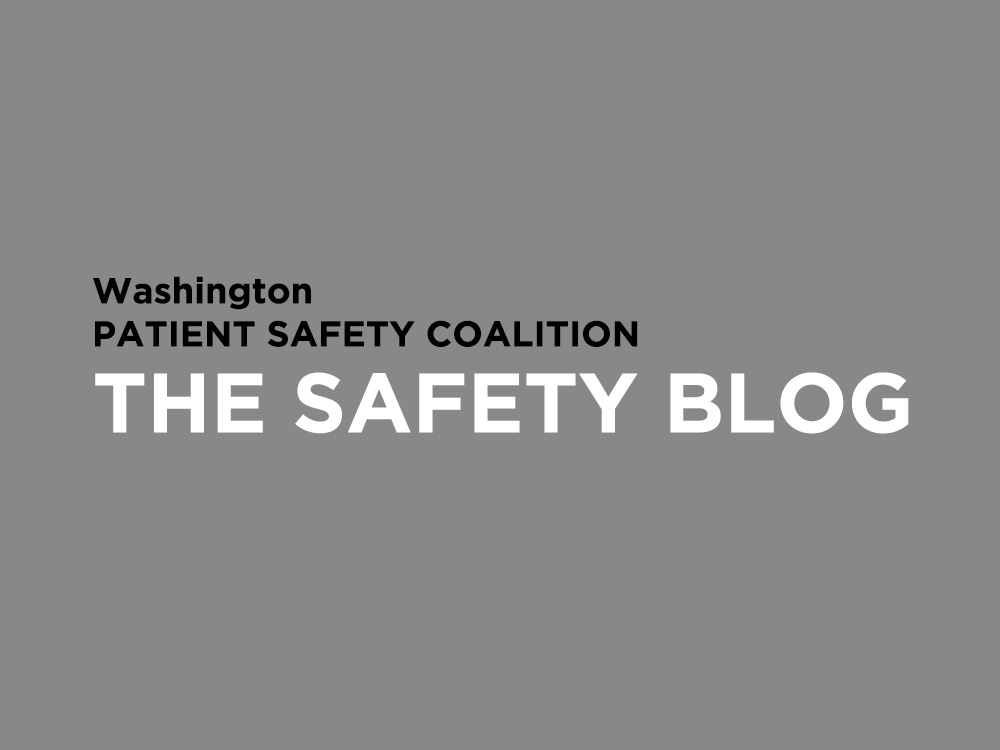- FHCQ Foundation for Health Care Quality
- COAP Care Outcomes Assessment Program
- Spine COAP Care Outcomes Assessment Program
- SCOAP Care Outcomes Assessment Program
- OBCOAP Care Outcomes Assessment Program
- CBDR
- Smooth Transitions
- WPSC Patient Safety Coalition
- Bree Collaborative Bree Collaborative
- Health Equity Health Equity
- Admin Simp
- Contact Us
Boating safety, patient safety

Boating safety, patient safety
[two_third]
When I think of boating safety I think of things like wearing a personal flotation device (PFD), avoiding getting hit by the boom, and knowing how to call for help. I hadn’t really made these connections to patient safety until recently, when I got back home after three weeks on a sailboat in the inland waters of Washington and British Columbia (you get lots of lessons in safety!).
Check the conditions (weather and tides): Small craft, especially, must be mindful of the winds and tides. We avoid large open bodies of water during high winds, and prefer not to fight the tide. Those of us on sailboats keep a close eye on depth. If there’s gale blowing or we’re going to scrape the bottom, we don’t go. What is the patient’s condition – is it stable, changing, unknown? Has he or she received preoperative meds? How’s the glycemic control? How about the caregiver team – exhausted, stressed, not sure about the plan, or rested and knowledgeable? What are the other environmental conditions – equipment and supplies all there? Is the lighting optimum? Distractions minimized or eliminated?
Create and file a trip plan: Boaters should always create a plan and tell critical people where they are going and when they’ll return, and include information such as the name and type of vessel, how many people are aboard, etc. That sounds like a preoperative checklist to me: What are we going to do, where are we going, and when will we return = what is the procedure? What is our vessel and how many people are on board = who is in the room and what is each person’s role?
Wear a PFD: Unfortunately, my captain generally does not wear a PFD in calm, inland waters. His rationale is that the water is calm, he’s not doing anything risky, he’s never fallen in, and he is unlikely to. We are still working on changing this behavior. To me this sounds very similar to a surgeon opting not to mark the surgical site (“I know it’s the right arm” – and does he mean non-left or correct? — “and I’ve never operated on the wrong site before”) or a nurse or lab technician not checking a patient’s ID band (“I know it’s Jim – I’ve been taking care of him for a week”). We naturally cling to the false belief that nothing bad happens in a situation we believe is low-risk. Being on a boat – a small object floating on an environment that doesn’t support human life – is an inherently risky situation. Surgery is inherently risky, as is administering medications, drawing blood for a test, or having surgery.
Know how to do ‘man overboard’ rescues and other vital actions. Does everyone on board know how to do important things like operate the radio, successfully do a man overboard rescue, etc.? Have you practiced until you can do it automatically? I felt confident using the radio (having practiced once) until I answered it while we were in the middle of anchoring and found later that I had turned it off. If I got that flustered during a low-stress situation, how would I perform if someone fell over and I had to call for help? Would I even remember the name of my boat, let alone how to find my latitude and longitude? Would I remember every step in a complex set of actions, each of which is critical? In patient safety we talk about practicing team skills and communication skills such as SBAR, using simulation, etc. In my one experience using health care simulation, I was unpleasantly surprised at my very poor communication skills. In a real situation we won’t be able to do it if we don’t practice again and again. Hopefully I’ll never have to deal with the man overboard situation, but unless I practice, success is highly unlikely.
Teach your crew how to be good (safe) crew members: In addition to knowing vital skills (e.g., handling lines and sails, navigation), the crew must be comfortable raising concerns and asking questions. Don’t put them into situations they can’t handle, and be sure to manage transitions safely. On my trip, because my captain has always welcomed my questions, I felt free to pipe up a lot: “Do you see that big log dead ahead?” (“Yep, I see it.”) “The depth-sounder says 50 feet but I can see rocks.” (“Put it in reverse!) “What is that weird smell coming from near the engine compartment?” (“I’ll go investigate…it’s the head, not the engine.”) Imagine the provider who bullies the rest of the health care team when they raise concerns about surgical site, oxygen saturation, equipment, or the patient “just not looking right.”
Thoughts? [Share with me here] Miriam Marcus-Smith, Program Director, WPSC
[/two_third]
Recent Posts
- TakeCharge This Patient Safety Awareness Week: 5 Steps to Safer Healthcare
- Stigma & Bias in Healthcare: The Obstacles, Consequences and Changes Needed
- Agility in Crisis: How The Everett Clinic responded to COVID-19
- Collaboration over Competition: How Pediatric Hospitals Can Thrive When They Work Together
- Reducing Stress for Health Professionals During the COVID-19 Pandemic

